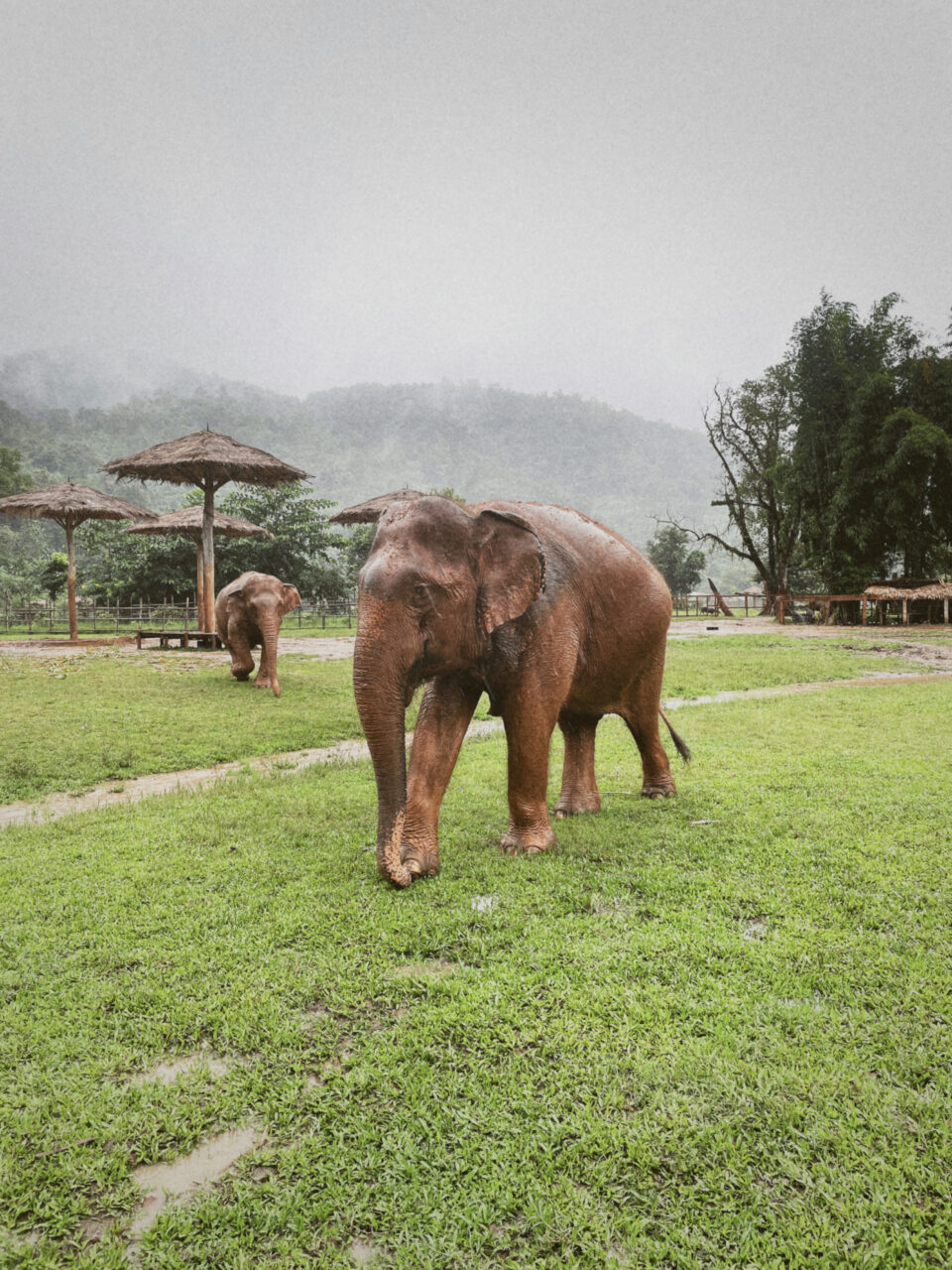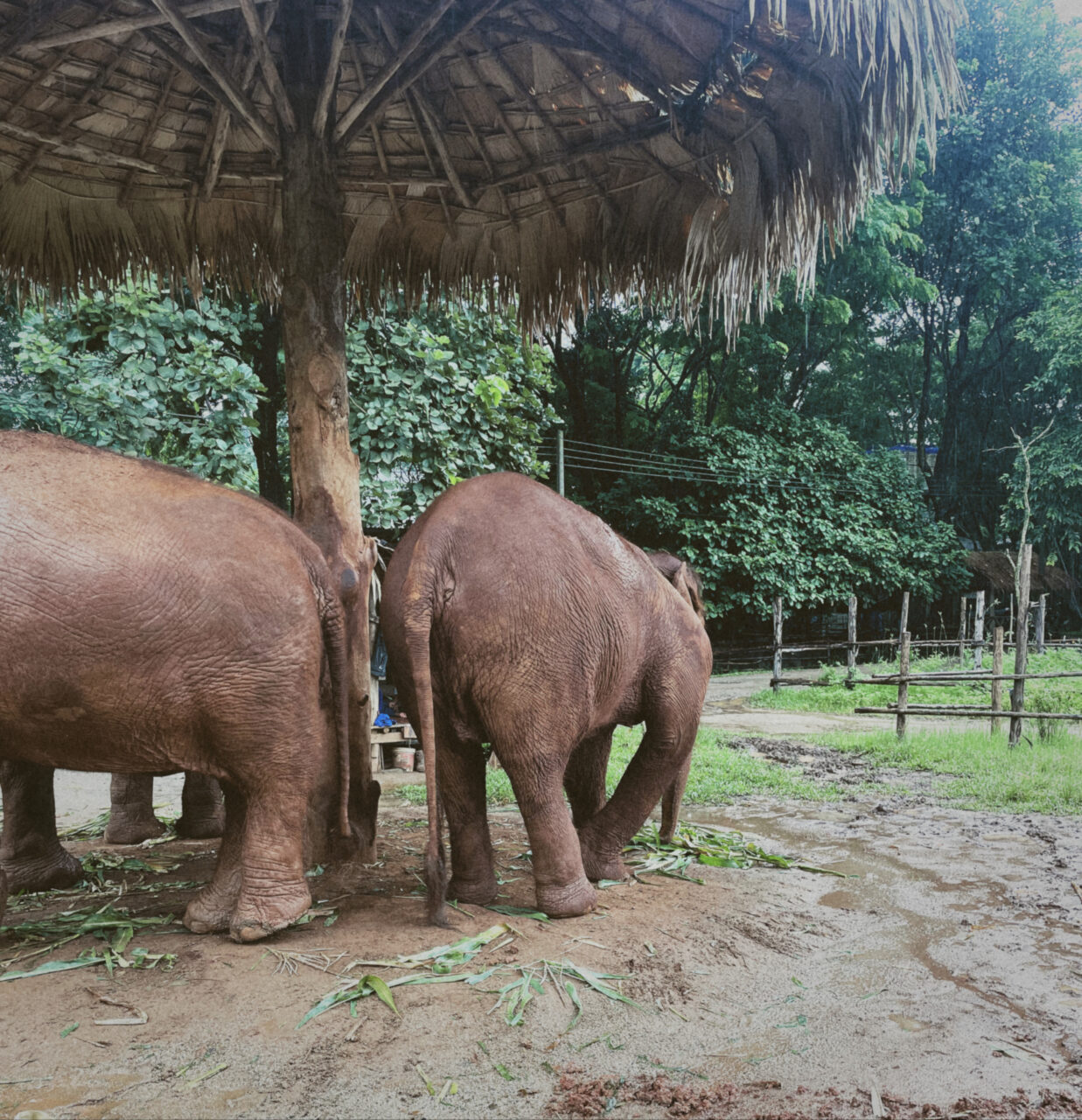TEAN by WorldStrides strives to facilitate a positive environmental and cultural experience for our study abroad students. We encourage responsible action while traveling for all students while abroad.
As part of my preparations for studying abroad in Thailand, I created a bucket list that spanned a mile long. The items ranged from visiting Buddhist temples and the Royal Palace to cliff jumping and snorkeling in Koh Phi Phi. Visiting an elephant sanctuary topped the list. I wanted to live out those great adventures you always hear about, traipsing through the thick of the forest with one of nature’s greatest masterpieces. Unfortunately, I had wholly romanticized the idea without fully considering matters from the perspective of the elephants. This flawed mindset, however, quickly changed once I visited the Elephant Nature Park in Chiang Mai through my TEAN program.
The Elephant Nature Park is a rescue and rehabilitation center for elephants.


It was established in the 1990s with a mission (1) to provide a sanctuary for endangered species, (2) to restore the rain forest, (3) to maintain the cultural integrity of the local community, (4) to educate visitors on local endangered species, and (5) to act independently from pressure groups and political movements. The park has provided a sanctuary for dozens of elephants, hundreds of cats, and thousands of dogs.


While I marveled at the beauty and size of the park, the guide described the abuse many elephants had to endure before being rescued. Many had undergone harmful training methods to prepare for life within the tourism industry. They were forced into small rooms with little food and water, deprived of sleep, and abused with bullhooks and sharp bamboo sticks in order to become submissive to humans. Once forced into submission, many elephants were chained in stalls with limited food and water until needed for trekking. They usually stayed in solitary confinement, resulting in sadness and depression due to a lack of interaction with other elephants. When needed for trekking, many elephants developed permanent spinal damage due to the inability to support heavy loads of people. This was further aggravated by the howdahs on their backs, which also caused blisters that might have become infected. Moreover, the feet of trekking elephants were often torn apart, making them more vulnerable to infections and long-term injuries.
When I looked at the different elephants scattered around the park, I could easily see evidence of previous abuse. For example, the picture below displays an elephant with permanent leg damage due to trekking.

Despite abuse in the past, the elephants now live happily in the park. I watched as baby elephants played in the mug while adult elephants climbed and rolled down dirt mounts. I smiled when baby elephants trumpeted to the adults to show their happiness and excitement, especially on the verge of receiving food. And I laughed when curious baby elephants voluntarily approached visitors and rubbed their muddy bodies against them.


I encourage all travelers to find reputable places where human-elephant interaction will not pose a danger to the elephants’ safety. If you are interested in visiting, volunteering, or donating to the Elephant Nature Park, click here.
Sam Radcliffe, Washington State University, is studying abroad in Thailand with TEAN.







